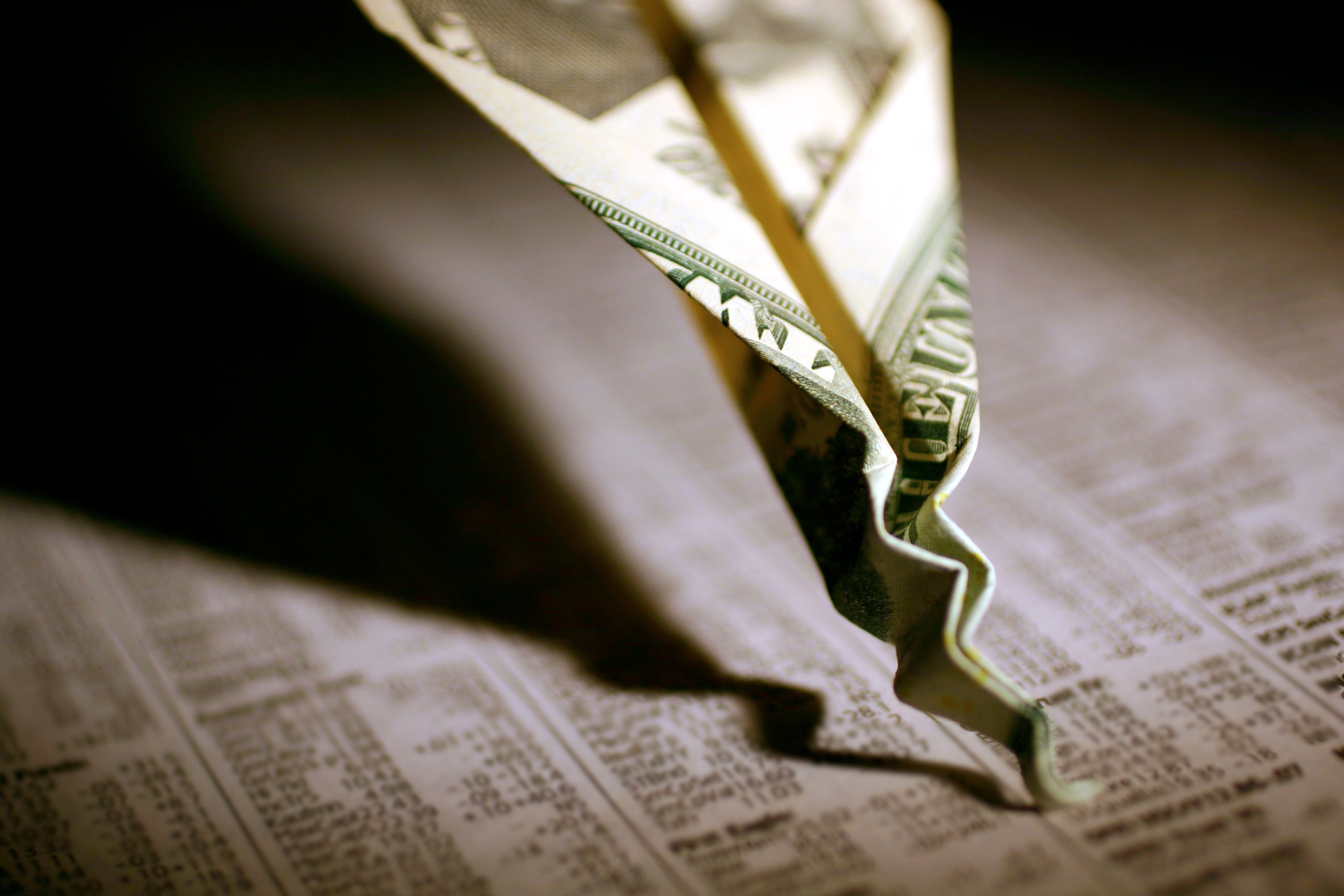If you had any doubts about the housing recovery, then June should have assuaged you. The news was so good in the final week of the month, in fact, that it ignited the biggest three-day rally on the S&P 500 (^GSPC 0.06%) since January. What follows is a comprehensive list of reasons to believe in the ongoing improvement on the housing front.
|
Metric |
Level |
Increase/(Decrease) Over Prior Month |
Increase/(Decrease) Over the Month Last Year |
|---|---|---|---|
|
New Home Sales* |
476,000 units |
2.1% |
29% |
|
Existing Single-Family Home Sales* |
4,600,000 units |
5% |
12.7% |
|
Pending Home Sales* |
112.3 index value |
6.7% |
12.1% |
|
Housing Starts* |
599,000 units |
0.3% |
16.3% |
|
Median New Home Prices |
$263,900 |
(3.2%) |
10.3% |
|
Existing Home Prices (FHFA Index) |
200.8 index value |
0.7% |
7.4% |
|
Existing Home Prices (Case-Shiller Index) |
152.37 index value |
2.5% |
12.1% |
Sources: National Association of Realtors, Commerce Department, Federal Housing Finance Agency, and S&P Dow Jones Indices.
*Seasonally adjusted annual rate.
Virtually all of the primary housing-market metrics are headed higher.
New, existing, and pending home sales all climbed considerably in May on both a month-to-month and year-over-year basis. According to the Commerce Department, new home sales were at an annualized rate 476,000 units, 2.1% higher than April and a staggering 29% higher than the same month last year. The National Association of Realtors reported that existing-home sales were at an annualized rate of 4.6 million units, equating to a 5% monthly increase and a 12.7% annual increase. And the NAR also estimated that pending home sales -- that is, where a purchase contract has been signed but the closing has yet to occur -- were up last month by 6.7% over April and 12.1% over May 2012.
Meanwhile, the construction of new homes is following suit. Two weeks ago, the Commerce Department said that single-family housing starts were at a seasonally adjusted annual rate of 599,000 in May. This was 0.3% higher than April and 16.3% above May 2012. And lest there be any doubts about the trend in this regard, Lennar (LEN 2.99%), the nation's third largest homebuilder by number of units sold (click here for a list of the top five) reported massive gains across its operations. Among other things, it announced a 27% increase in orders for new homes and a 55% increase in its backlog of homes ordered but waiting to be built. "Demand in all of our markets continues to outpace supply which is constrained by limited land availability and fewer competing home builders," Lennar CEO Stuart Miller said.
Finally, there's unanimity among the data that existing home prices are continuing to head higher. Last week the Federal Housing Finance Agency's broader home price index pegged the month-over-month growth rate at 0.7% and the year-over-year rate at 7.4%. And the narrower, but widely followed, Case-Shiller index put the improvements at 2.5% and 12.1%, respectively. The only negative news in this regard was that the median price of new homes ticked down by 3.2% in May. Though, given the imbalance between supply and demand in that market, as noted by Lennar's CEO, there's reason to conclude that this statistic is simply an anomaly.
So what does this mean going forward? That, of course, is the question on many an investor and macroeconomist's mind. Potential downside risk stems from the aggressive ascent of mortgage rates that we saw last week. On Thursday, Freddie Mac released data showing that the average interest rate on a conventional, conforming 30-year fixed rate mortgage increased to 4.46%. While this is still extremely inexpensive on a historical basis, as the average rate over the past 38 years is 8.65%, the weekly move was the largest since at least 1976, when the government-controlled entity first started recording the statistic.
On the other hand, the low supply in the housing market, thanks largely to the 20% to 25% of homeowners who are still underwater, would suggest that things should continue to improve irrespective of increasing interest rates. And on top of this, in a perverse way, the higher interest rates may even spur more homeowners to buy sooner rather than later. As a prospective homebuyer told CNBC's Diana Olick recently, "I'm afraid we're going to miss the boat." If this is true, it could amount to a massive boost to mortgage lenders such as Wells Fargo (WFC 0.65%), which underwrites an estimated one in three domestic mortgages, and homebuilders such as D.R. Horton (DHI 3.13%), which builds more houses than any other company in America. Suffice it to say, it would also provide stimulus to more peripheral operators such as Home Depot (HD +0.27%), the nation's largest home-improvement retailer. In its most recent earnings, in fact, the company increased its revenue and earnings projections going forward for this very reason.
The Foolish bottom line
In sum, virtually all of the data right now is pointing toward a robust recovery in the housing market. Whether it's overheating or just starting to gain momentum remains to be seen. But either way, this is a critical area for investors to watch. As my colleague Morgan Housel has previously observed, "There hasn't been a strong economy without a strong housing market in modern history."










